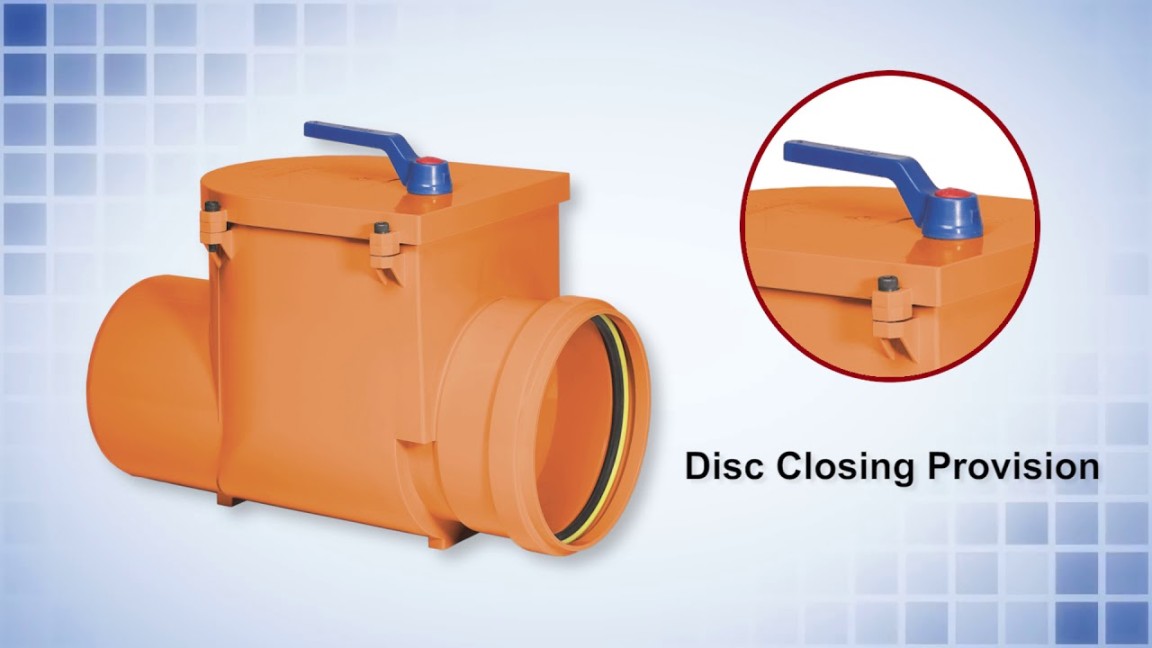Backflow Prevention Valve: A Gardener’s Essential Tool
Backflow prevention valves are crucial components in any irrigation system, especially for gardeners. These devices are designed to safeguard drinking water supplies from potential contamination. By understanding the importance of backflow prevention and how these valves function, gardeners can protect their water sources and maintain healthy gardens.
Backflow occurs when water flows in the reverse direction through a plumbing system. This can happen due to various reasons, such as high water pressure, a loss of water pressure, or a cross-connection between potable and non-potable water sources. When backflow happens, contaminated water can enter the clean water supply, posing health risks to humans and animals.
There are several types of backflow prevention valves, each designed for specific applications. Some common types include:
Reduced Pressure Zone (RPZ) Valves: These valves create a pressure differential between the inlet and outlet sides, preventing backflow.
Gardeners should prioritize backflow prevention for several reasons:
Protecting Water Quality: By preventing contaminated water from entering the drinking water supply, gardeners can safeguard public health.
Selecting the appropriate backflow prevention valve depends on various factors, including:
Local Regulations: Consult local water authorities to determine specific requirements and recommended valve types.
To maintain the effectiveness of your backflow prevention valve, regular inspection and maintenance are essential. This typically involves:
Visual Inspection: Check for signs of damage, leaks, or corrosion.
By investing in a reliable backflow prevention valve and adhering to regular maintenance practices, gardeners can protect their water supply and contribute to a healthier environment.

